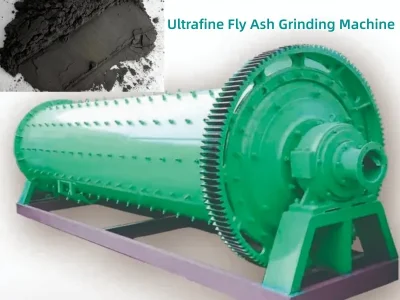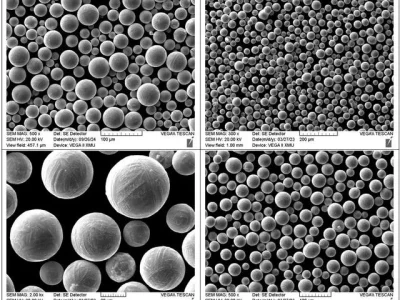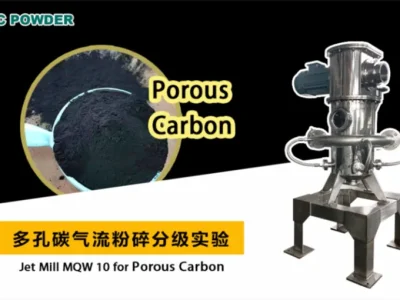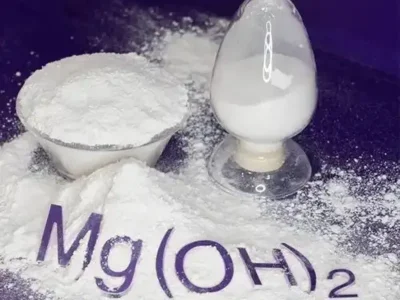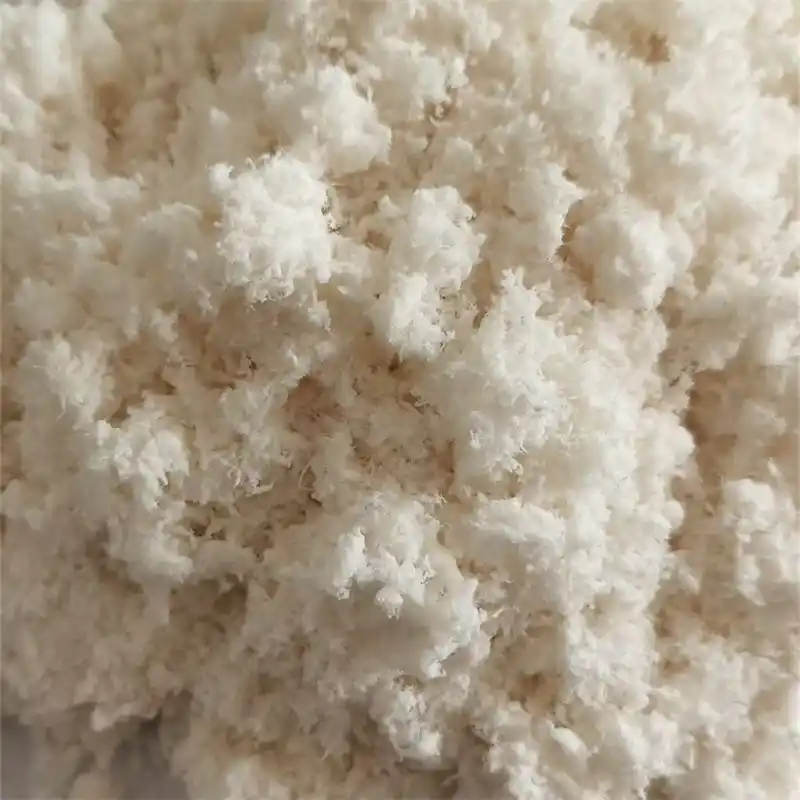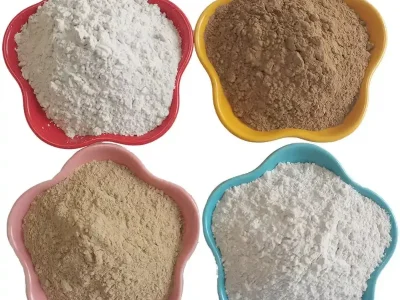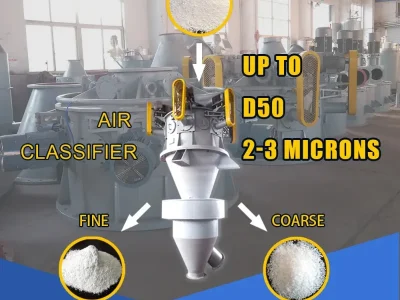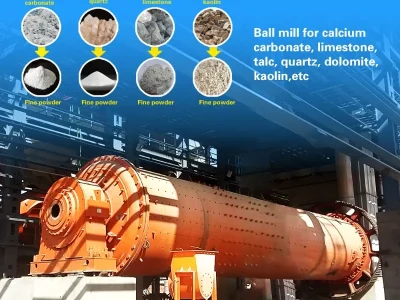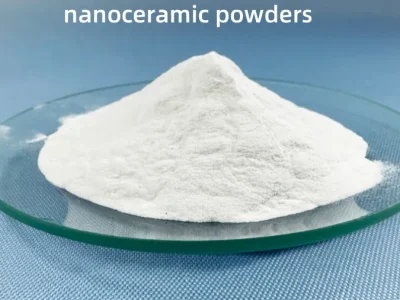Multifunctionality of Ultrafine Fly Ash in Building Materials
Ultrafine fly ash, a byproduct of coal-fired power plants, shows unique multifunctionality in building materials after superfine processing. Its use not only improves material performance […]
Multifunctionality of Ultrafine Fly Ash in Building Materials Read More »
